🧭 Navigating with Confidence: The Role of Pediatric Belt Canes in Empowering Children with Visual Impairments
- Grace Ambrose-Zaken

- Sep 17
- 3 min read
👶 Why Early Mobility Matters for Children with Visual Impairments
Children begin learning to navigate their world from the moment they start moving. For children with blindness or mobility-related visual impairments, this process can be more complex — but no less vital.
Traditional mobility tools like long canes often aren’t introduced until school age, which can delay critical stages of physical and cognitive development. The Pediatric Belt Cane, however, provides the tactile input needed to safely begin independent movement as early as 10 months old.
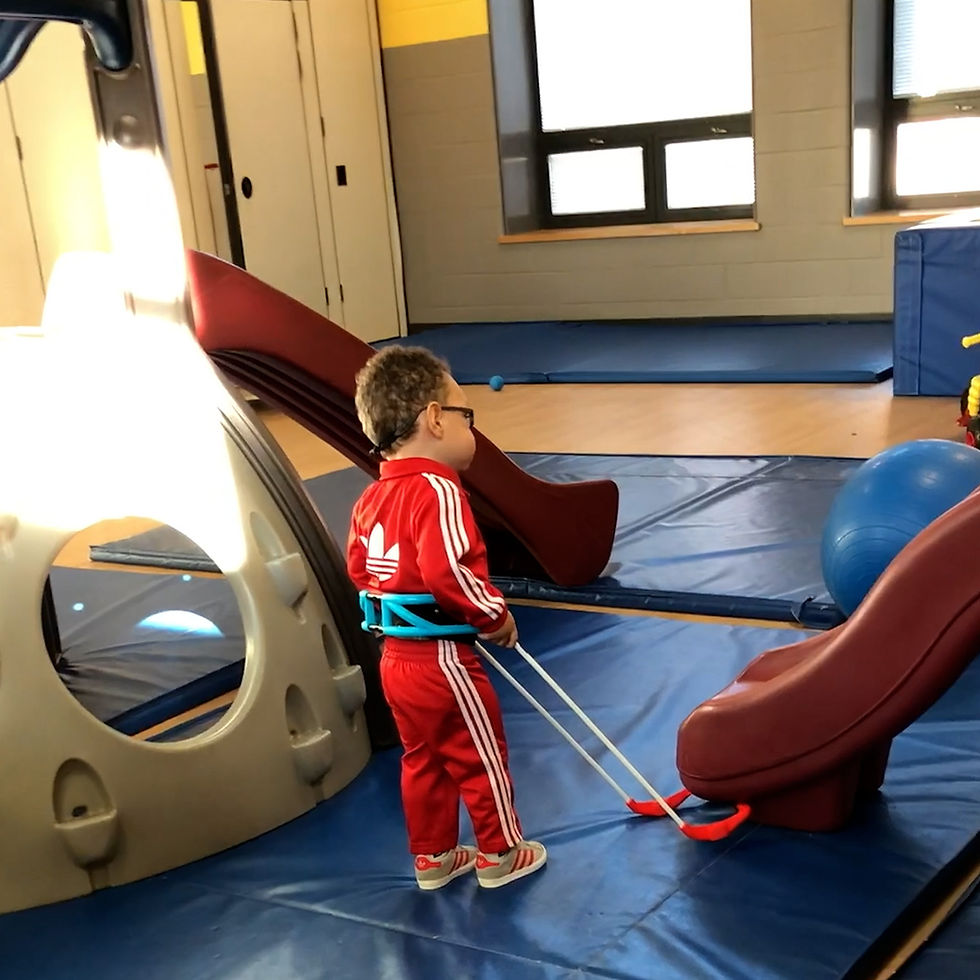
👣 The Importance of Tactile Feedback in Navigation
When vision isn’t available to guide a child, touch becomes the primary source of environmental feedback. The Pediatric Belt Cane creates a gentle physical barrier in front of the child, alerting them to obstacles, walls, or drop-offs.
This tactile feedback enables:
Safer, more confident movement
Spatial awareness and orientation
Early development of navigation skills
The result? Children begin exploring independently—for the first time with confidence in their next step.
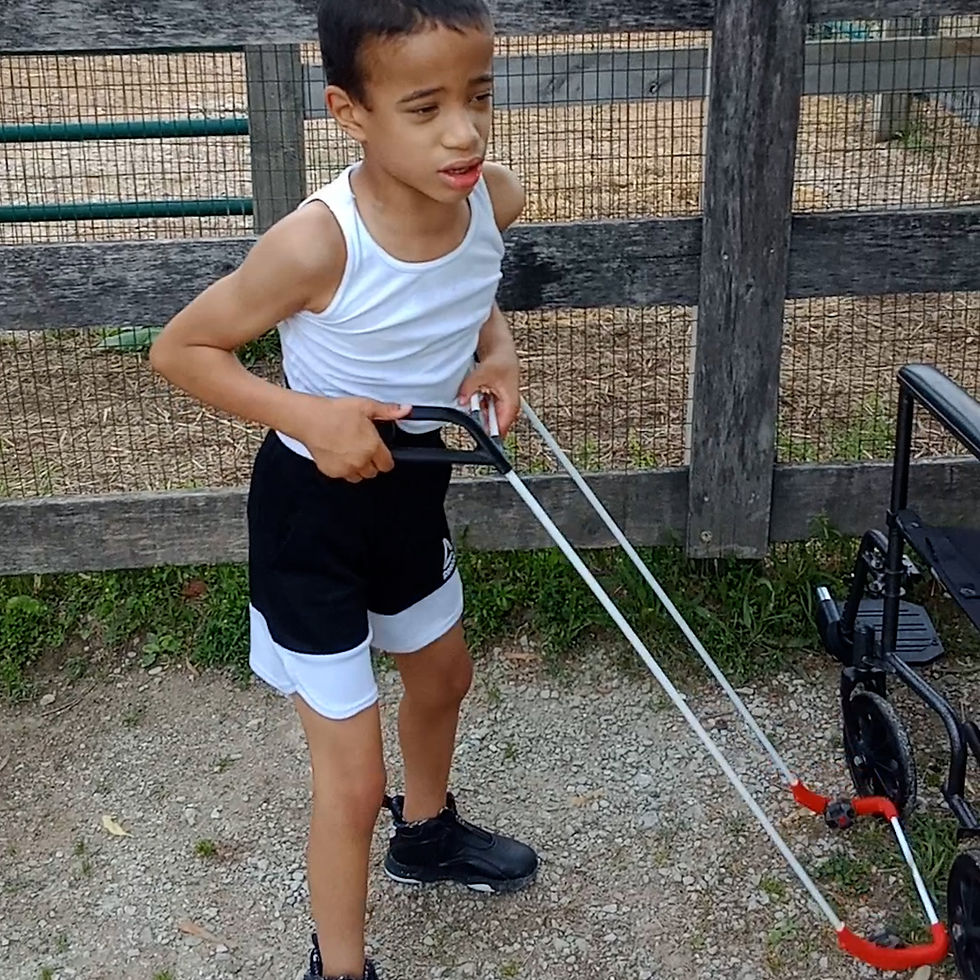
💪 Building Confidence Through Movement
Children who use Pediatric Belt Canes during age-recommended hours of physical activity gain consistent practice navigating safely and independently.
From jumping and walking to dancing and climbing, the Belt Cane allows blind children to:
Participate in natural movement milestones
Play alongside sighted peers
Develop core strength, balance, and self-assurance
🧠 Quick Tip:
Incorporate the Belt Cane into daily routines, including playtime, outdoor walks, and obstacle courses, to build confidence and consistency.
🌟 Mia’s Story: First Steps Toward Independence
"Before the Belt Cane, Mia would freeze when she let go of my hand. Now she’s moving freely—she knows her world is safe to explore."— Mia’s Mom
At 11 months, Mia born with diagnosed optic nerve hypoplasia received her first Pediatric Belt Cane. Her parents noticed immediate changes — not just in her walking, but in her behavior. She became curious, playful, and more confident each day.
By 15 months, Mia was walking independently around her home, exploring new environments without fear.
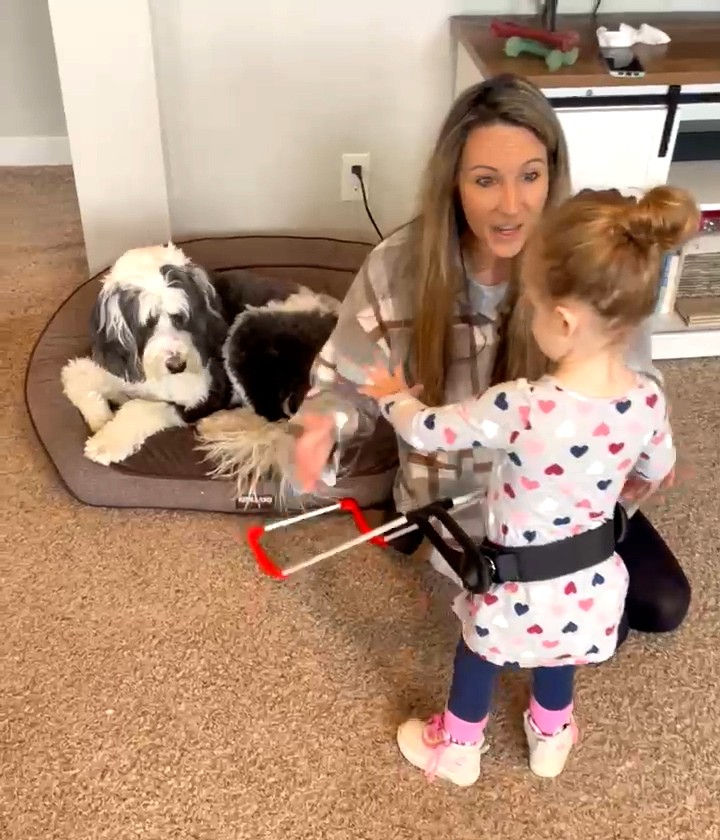
🛠️ Tips for Enhancing Navigation Skills with Pediatric Belt Canes
Here are 5 actionable tips to support your child’s success with a Pediatric Belt Cane:
1. Start Early and Use Consistently
Introduce the Belt Cane around 10 months, when babies begin standing and walking.
2. Create Safe, Stimulating Spaces
Use textured mats, foam blocks, and low furniture to create tactile learning zones.
3. Partner with Orientation & Mobility (O&M) Specialists
Certified professionals can offer guidance and long-term mobility planning.
4. Use Descriptive Movement Language
Phrases like “There’s a step in front” or “The floor feels smooth here” enhance spatial understanding.
5. Encourage Curiosity
Let your child explore freely — praise their independence, even when mistakes happen. Learning from feedback is key.
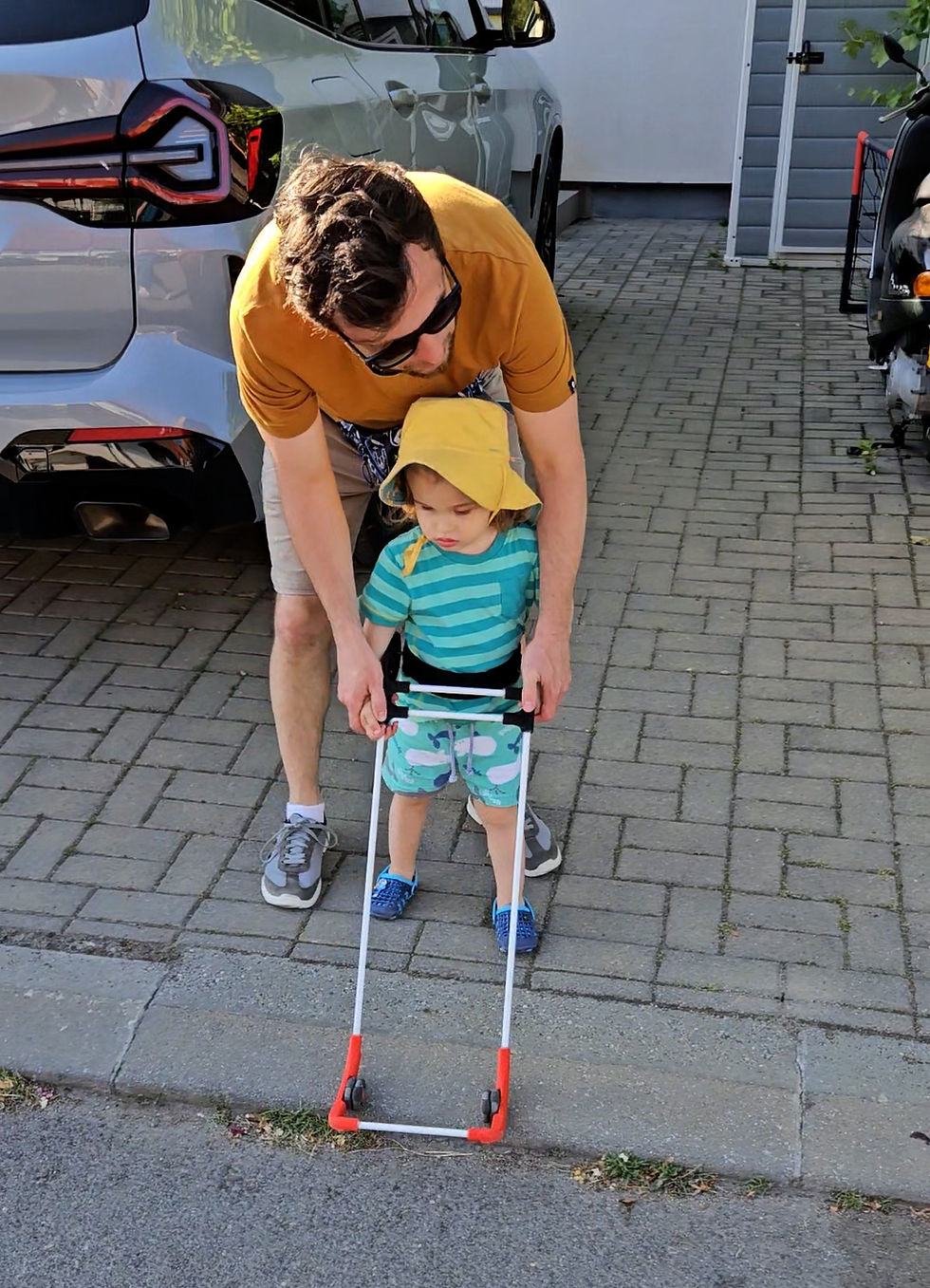
🌍 Empowerment That Lasts a Lifetime
The Pediatric Belt Cane is more than a mobility device — it's a confidence-building tool that supports children with a mobility visual impairment or blindness in learning to navigate their world with independence and joy.
By starting early and integrating tactile exploration into daily life, parents and caregivers can unlock a future where their children grow into adults who move confidently and freely.
📢 Call to Action
Want to help your child take their first confident steps?Explore Pediatric Belt Canes and learn how they can support your child’s journey toward independence and discovery.
🔗 Learn more about Pediatric Belt Canes📧 Contact us for support





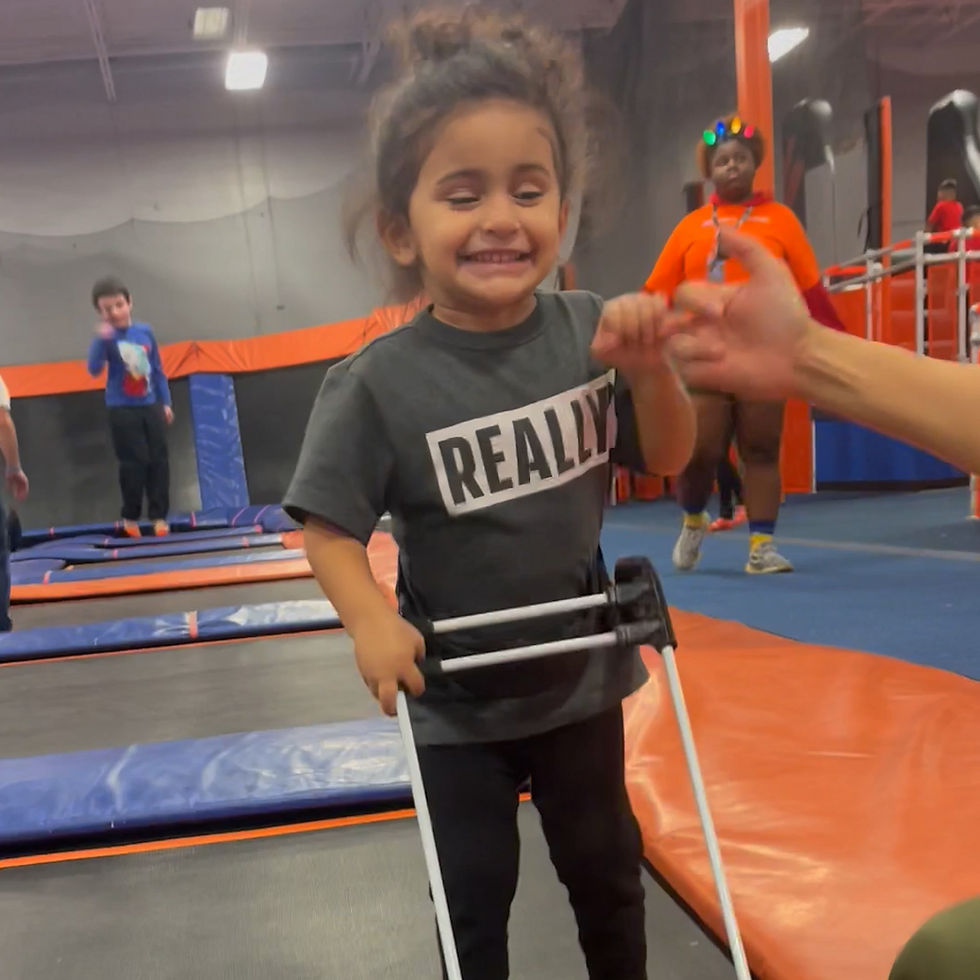


Comments